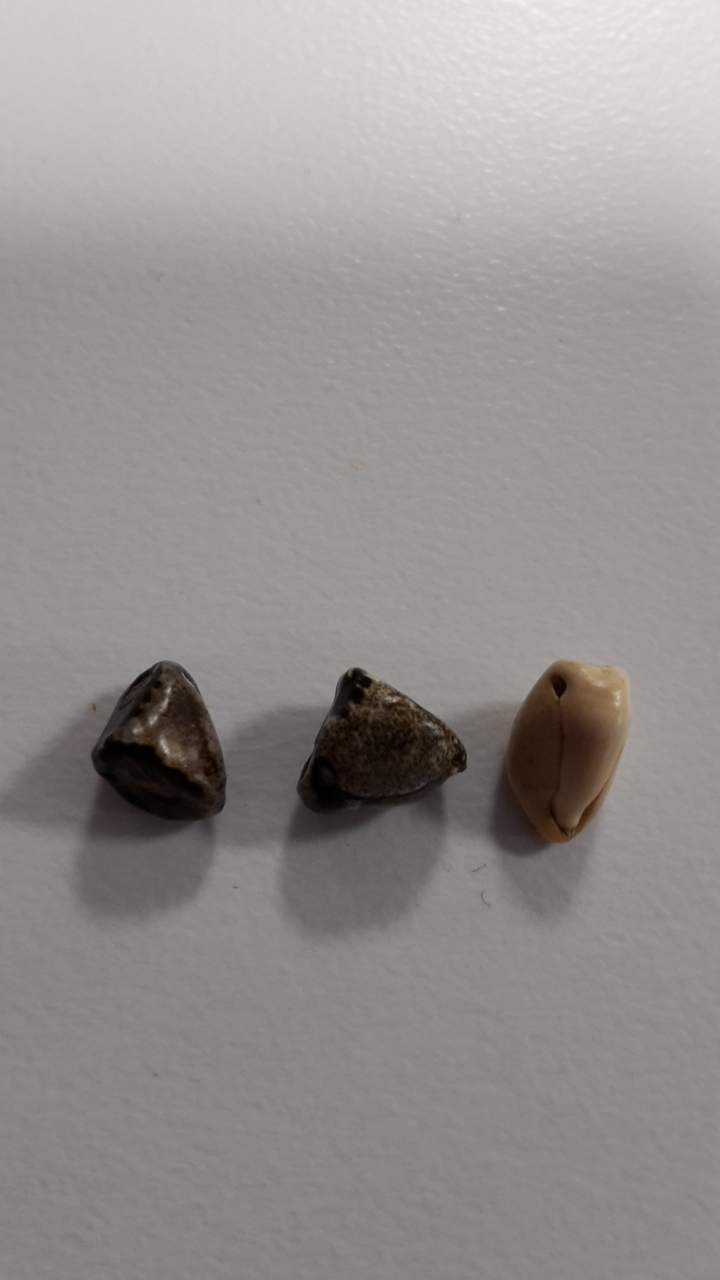This Forum will close on Wednesday 27 March, 2024. Please refer to the announcement on the Discussions page for further detail.
Help identifying seeds
in Plants
 Hi! Can someone help me to identify these seeds please?
Hi! Can someone help me to identify these seeds please? 0
 Hi! Can someone help me to identify these seeds please?
Hi! Can someone help me to identify these seeds please?
Posts
We would also need something to give a sense of their size.
Gardening in Central Norfolk on improved gritty moraine over chalk ... free-draining.
The first 2 look very similar.
As for the size, they are about 5 mms in lenght, the surface is hard and smooth, similar to a bean. Here's another picture with better light:
I'm from Mexico, and this professor does work with corn
Zea diploprennis is on the endangered species list and is quite rare according to Wiki etc.
Some questions on this forum take us on interesting journeys with a little help from google
Billericay - Essex
Knowledge is knowing that a tomato is a fruit.
Wisdom is not putting it in a fruit salad.